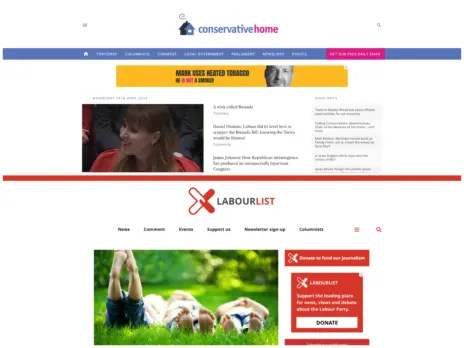
This year has been an extreme one for news.
We’ve seen a number of terrorist attacks on UK soil, devastating hurricanes in the Caribbean, the worst earthquake to hit Mexico for many years and growing tensions between North Korea and the US.
Domestically the media has also been busy with a snap general election, ongoing Brexit developments and the Grenfell Tower tragedy.
As the editor of a children’s newspaper, we have faced a real challenge this year in terms of how we cover what seems like one bad story after another.
Our aim is to bring the news to children in a format they can understand and digest – yet, how far can you go without turning your audience off?
This issue isn’t exclusive to us. All media outlets must ensure their content is as balanced as it can be, whilst ensuring they cover all major events, in the expected detail.
However, children are more vulnerable and are less able to distinguish between real news and fake news – at a time when they are trying to make sense of the world.
Rolling 24-hour news channels mean that we are now watching events unfold as opposed to simply reporting on them afterwards. This has created an expectation of constant, minute-by-minute coverage.
The way in which the media presents stories undoubtedly affects the psyche of our nation – and this huge responsibility must be taken seriously. The “fear factor” is very damaging to society and absolutely affects the way people live their lives.
A very real example of this is the sad reality that Muslim children are being bullied at school because of IS. Constant wall-to-wall coverage ignites the fire of fear in many people, resulting in ordinary Muslims falling victim to Islamaphobia, from a very young age.
The media must tread a fine line between reporting facts and finding a way to engage and interest its audience. Children should not be shielded from bad news, they should just be presented with it in a way that enables them to see that positive stories can come out of even very tragic events.
Mental health issues among young people are at an all-time high, with a recent government-funded study revealing that a quarter of girls show signs of depression at the age of 14.
The pressures on young people are tougher than ever and many cite world events like terrorism and Brexit as being a cause of their anxiety.
But how do we get the balance right between reporting the facts of consistently negative stories and keeping our readers well informed?
I am very much of the opinion that there is always a positive to be found. With every tragedy come stories of incredible human survival, compassion and bravery – and these are stories that need to be told, alongside the sad facts.
For example, following the devastating Mexico earthquake, we carried a front page explaining the tragedy but focused on the incredible rescue dog who saved countless lives during the recovery operation.
After the recent Las Vegas shooting, we ran a story (and created a video) about a 10-year-old boy from New York who is America’s youngest gun control campaigner.
And In the aftermath of Hurricane Irma, we highlighted a story about a good Samaritan, dressed up as Spider-Man, who spent days helping to clear trees and debris from blocked roads.
Then there is the simple tactic of ensuring we include a range of upbeat stories alongside the more negative ones – including things like exciting medical advances and scientific discoveries.
We also offer regular explainer videos about more complex issues, like Brexit and North Korea, giving us more scope to explain the facts and remove fear.
Ultimately good news does not have the same dramatic affect that bad news has on a reader/viewer. And of course, every media outlet wants to retain and increase its market share.
However, we must consider the wider and longer-term effects of the way news is presented to young people and indeed society as a whole.
The media has a vital role to keep people informed, but must also, crucially, provide perspective.
Email pged@pressgazette.co.uk to point out mistakes, provide story tips or send in a letter for publication on our "Letters Page" blog






